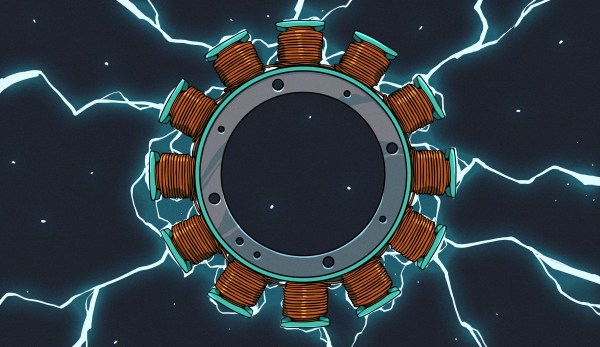Except for rare occasions, I don’t play the lottery. Like many of you, I consider state-run lotteries to be a tax paid only by people who can’t do math. That’s kind of arrogant coming from a guy who chose to go into biology rather than engineering specifically because he’s bad at math, but I know enough to know that the odds are never in your favor, and that I’d rather spend my money on just about anything else.
But I’m beginning to get the feeling that, unlike myself and many others, Harvard professor Avi Loeb just might be a fan of playing the lottery. That’s not meant as a dig. Far from it. In fact, I readily concede that a physicist with an endowed chair at Harvard working in astrophysics knows a lot more about math than I do. But given his recent news splashes where he waxes on about the possibility that Earth has been treated to both near misses and direct hits from interstellar visitors, I’m beginning to think that maybe I’m looking at the lottery backward.


















